I have two images
the first image of a cup ->

the second image is the label I want to wrap around the cup (this image is just an example, the actual app works with dynamic images).
I'm planning to clip the label image several time and place it on the cup, therefor creating a 36 jpegs from different angles, I'll use a 360 viewer to display the result on my website.
so far I've managed to take a trapezoid area of the lable image to create this (code is here)
The last step is to create this (used GIMP for this - using distort -> curve-bending)

Thank you

